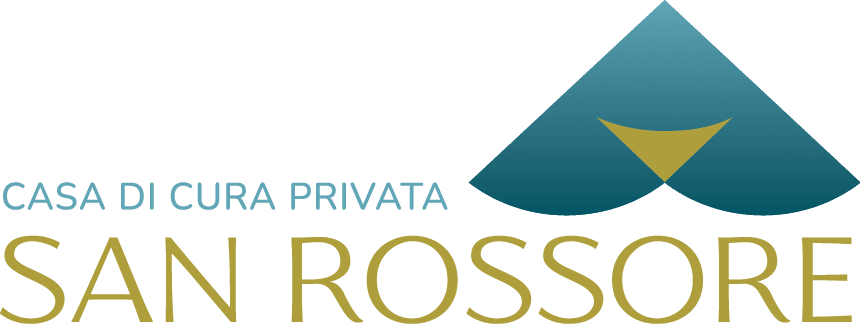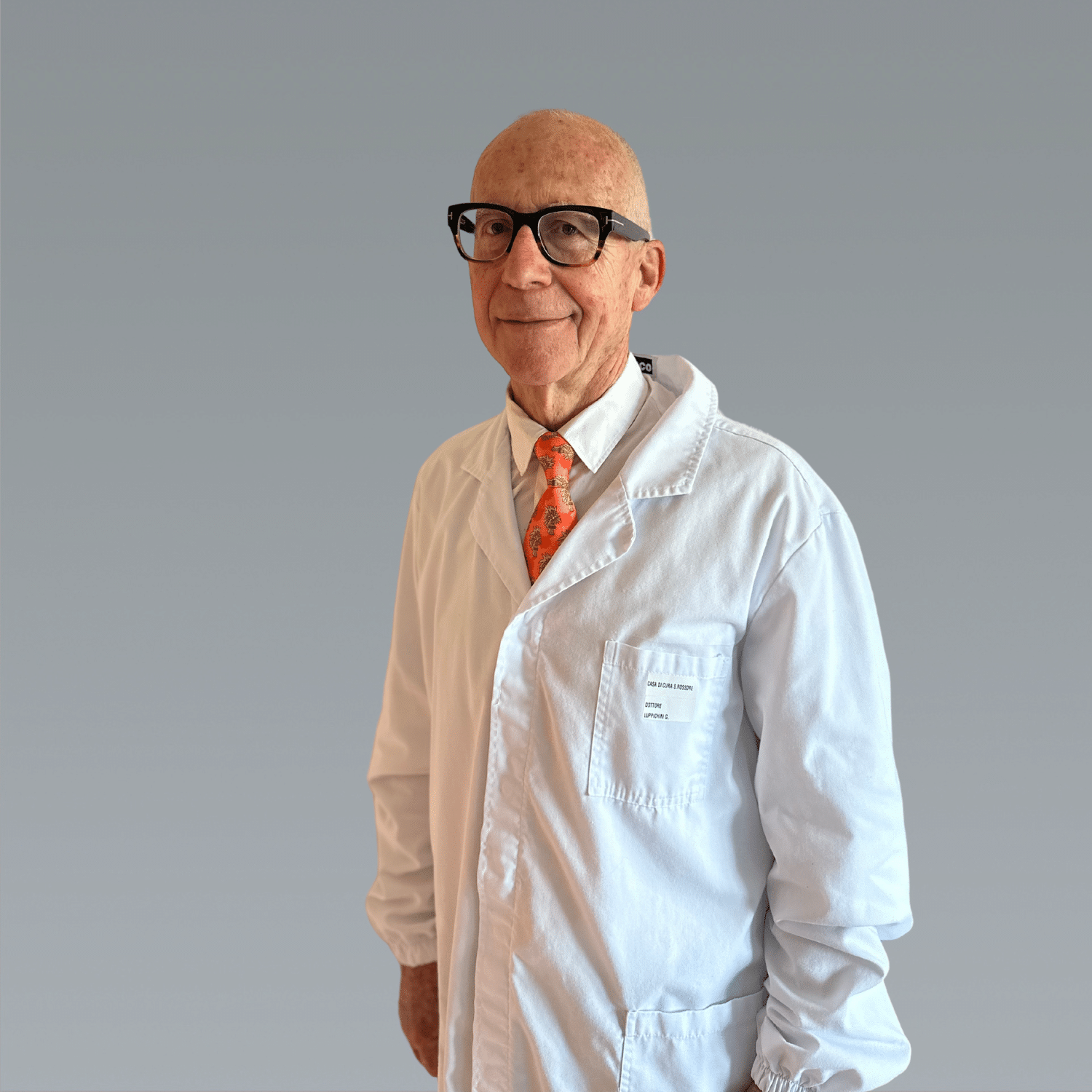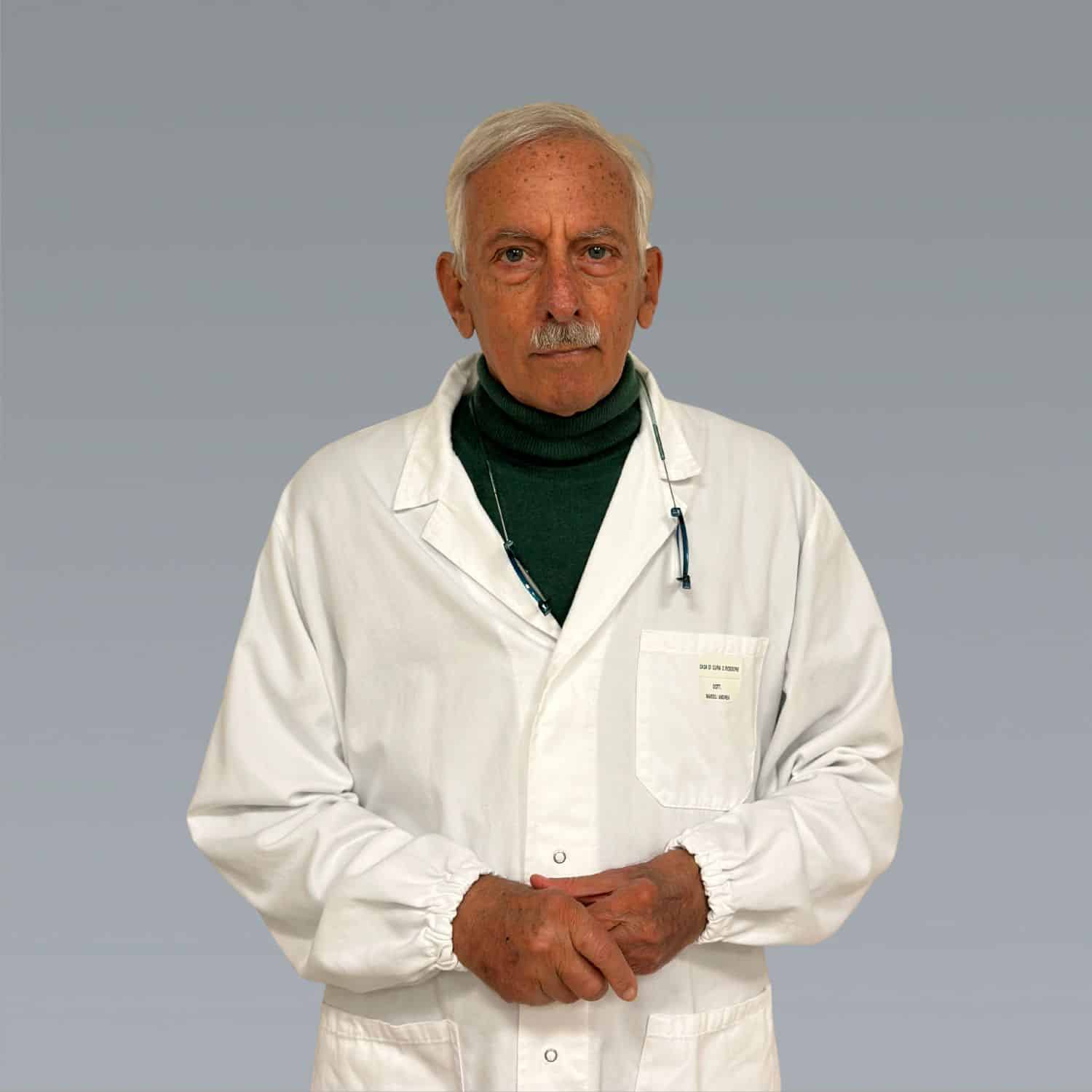Hand surgery
Hand Surgery intervenes to treat the following diseases:
- Compressive peripheral neuropathies of the upper limb (carpal tunnel syndrome, ulnar/radial nerve compression)
- Tenosynovitis (Trigger finger, De Quervain’s disease)
- Dupuytren’s disease
(Aponeurotomy for Dupuytren’s Disease and Lipofilling: minimally invasive treatment of Dupuytren’s Disease or retraction of the palmar aponeurosis: new surgery that avoids long incisions and allows faster healing [dott .ssa Grazia Salimbeni]) - Rhizoarthrosis, arthrosis of the hand and/or wrist
- Rheumatoid arthritis with related wrist and/or finger deformities
- Flexor/extensor tendon injuries, hammer toe, Segond
- Ulnar collateral ligament injury 1°mf (Stener’s lesion)
- Congenital malformations hand
- Hand tumors (epithelioma, xanthoma, schwannoma, lipoma, angioma, etc.)
- Complex hand and/or wrist trauma with tendon, nerve, and bone
- Reimplantations with microsurgical technique
- Post-traumatic hand outcomes, hand burn outcomes
Some more information
Carpal tunnel syndrome (CTS)
Carpal Tunnel Syndrome (CTS) is the most common peripheral neuropathy and is due to compression of the median nerve at the wrist as it passes through the carpal tunnel. The carpal tunnel is a duct located at the wrist formed by several carpal bones over which the transverse carpal ligament (LTC), a fibrous ribbon that forms the roof of the tunnel, is stretched. Within this conduit runs the median nerve along with the 9 flexor tendons of the fingers. Surgical therapy of carpal tunnel syndrome is indicated in the presence of typical algic-paresthetic symptoms, after electromyographic (EMG) confirmation.
The traditional technique, which still remains, however, involves a 2-3 cm longitudinal incision to the hand, distal to the wrist crease, allowing the carpal duct to be opened by sectioning the LTC.
The endoscopic technique, used at the Casa di Cura San Rossore instead involves a small transverse incision at the level of the wrist crease that allows for the insertion of an endoscope connected to the camera system, which allows for perfect visualization of the inside of the carpal tunnel and related structures.
After correct positioning of the coaxial system, and under permanent visual control, a simple pressure on the button of the handpiece allows the ligament to be sectioned by retrograde action of the handpiece.
This innovative system with its minimally invasive surgery concept offers significant advantages to the patient in both resumption time, safety, and minimal scarring outcomes.
Snapping finger or Notta ‘s disease;
The snapping finger phenomenon is due to difficult sliding of the flexor tendons in the digital duct, an expression of an inflammatory process of the flexor tendons.
The snapping is often painful, and results in a fair amount of functional limitation of the hand, so puleggiotomy surgery is necessary, whereby the digital tunnel is opened and tendon sliding restored.
Immediate mobilization of the fingers is recommended, also favored by the rapid reduction of the pain picture.
De Quervain ‘s stenosating tenosynovitis;
It is an often very painful tendonitis of the wrist, brought on by inflammation of the abductor long and extensor short tendons of the thumb, which run in the first extensor duct.
It is called stenosing because it too is characterized by a conflict of the tendons with the duct walls, brought about either by an anatomical predisposition or by triggering factors, such as repetitive manual activities.
The main symptom is pain on the radial side of the wrist, exacerbated by particular hand movements (Finkelstein’s sign).
The most effective conservative treatment turns out to be local cortisone infiltration combined with the use of splints, but the ultimate solution is puleggioplasty surgery.
The operation consists of a small skin incision to widen the tunnel and remove the synovitis, quickly resolving the painful picture.
Dupuytren’s disease
It is a typical pathology of the hand characterized by the occurrence of fibrous nodules in the palm of the hand, which slowly evolve into retracting chords of the digital rays, particularly at the level of the 4th/5th ray.
The disease often runs in families and predominantly affects the male sex, although with fair individual variability in severity and progression.
Selective aponevrectomy surgery is still the main corrective surgical technique, and it must be performed by experienced surgeons, given the vasculo-nervous structures in the palm and the need for skin plastics.
Postoperative physiotherapy treatment is always recommended.
The Rhizoarthrosis
The picture of arthrosis of the base of the thumb, which develops at the trapeziometacarpal joint, is thus defined. This joint allows opposability of the thumb to the long fingers, proving essential for the overall prehensile function of the hand.
The disease is part of a normal degenerative process of cartilage but can manifest with a local painful picture that is accentuated in prehension movements, leading to often severe functional limitation.
Treatment initially is conservative (use of specific braces, physical and drug therapies)
In cases of very severe pain, intra-articular infiltrations of hyaluronic acid or corticosteroids can be used, but the ultimate solution is suspension arthroplasty surgery, which involves removal of the trapezium and a tendon plastic.
This surgery does not involve the implantation of foreign material such as prostheses or synthetic means. It is necessary to maintain a small plaster shower for 3 weeks, and then begin a course of physical therapy.
Rheumatoid arthritis
Rheumatoid arthritis is a chronic inflammatory disease of autoimmune origin that affects the joints, occurs most frequently between the ages of 30 and 50 years, preferring the female sex.
The disease is characterized by the proliferation of synovial tissue with erosive activity starting in the joints and then progressively affecting the bones and tendons.
The affected joints are initially those of the extremities, the small joints of the hands and feet, which become inflamed symmetrically causing stiffness, pain and swelling, and progressively impairing joint function. The course of rheumatoid arthritis is variable, generally characterized by periods of exacerbation and quiescence of the disease.
The consequences of the chronic degenerative process in the hand can be extremely varied, always expressing joint, capsular, tendon, and bone involvement, coming to shape the typical deformities of the disease over time.
To this end, experience in surgical therapy of the rheumatoid hand suggests early synovectomy, that is, a kind of cleaning of the joints and tendons in order to prevent more serious developmental complications.
Extra-articular complications are usually tendon ruptures, which can be treated with tendon solidarizations or tendon transfers, while surgery for bone and joint injuries usually involves prosthetic implants or arthrodeses.



